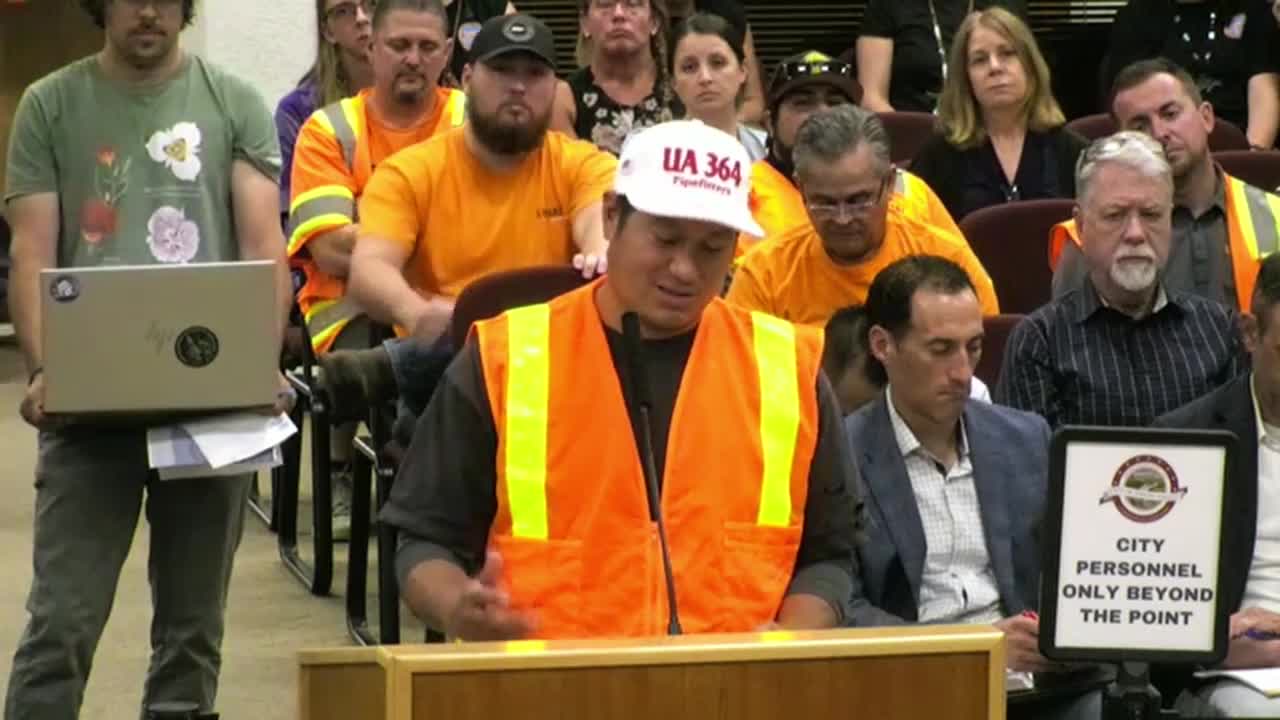Activist fights to protect ancient oak from development
June 26, 2024 | Jurupa Valley, Riverside County, California

This article was created by AI summarizing key points discussed. AI makes mistakes, so for full details and context, please refer to the video of the full meeting. Please report any errors so we can fix them. Report an error »

During a recent government meeting, Aaron Echols, conservation chair of the Riverside San Bernardino California Native Plant Society, raised significant concerns regarding a proposed development project in Haruba Valley. Echols, a professional biologist and local resident, emphasized the ecological importance of the area, particularly highlighting the presence of the Haruba Oak, which he described as the oldest known living oak on earth and the only Palmer's Oak in the entire Santa Ana River watershed.
Echols presented visual aids to the planning commission, illustrating the proximity of the proposed 300,000 square-foot development to the Haruba Oak. He argued that the project would not only threaten this unique species but also conflict with the region's general plan and aesthetic considerations. He urged the commissioners to consider the broader implications of their decisions, particularly in the context of California being one of the world's designated biological hotspots.
In his remarks, Echols pointed out that the Haruba Oak is not just a local treasure but a significant ecological asset, being the only representative of its species in a vast area stretching from Big Bear to Huntington Beach. He criticized the project's environmental review process, claiming it lacked a thorough alternatives analysis and failed to adequately address visual and aesthetic impacts.
Echols concluded his comments by calling for a more responsible approach to development that prioritizes the preservation of the region's natural heritage, urging the commission to reflect on the long-term consequences of their decisions on the environment and local biodiversity.
Echols presented visual aids to the planning commission, illustrating the proximity of the proposed 300,000 square-foot development to the Haruba Oak. He argued that the project would not only threaten this unique species but also conflict with the region's general plan and aesthetic considerations. He urged the commissioners to consider the broader implications of their decisions, particularly in the context of California being one of the world's designated biological hotspots.
In his remarks, Echols pointed out that the Haruba Oak is not just a local treasure but a significant ecological asset, being the only representative of its species in a vast area stretching from Big Bear to Huntington Beach. He criticized the project's environmental review process, claiming it lacked a thorough alternatives analysis and failed to adequately address visual and aesthetic impacts.
Echols concluded his comments by calling for a more responsible approach to development that prioritizes the preservation of the region's natural heritage, urging the commission to reflect on the long-term consequences of their decisions on the environment and local biodiversity.
View full meeting
This article is based on a recent meeting—watch the full video and explore the complete transcript for deeper insights into the discussion.
View full meeting
